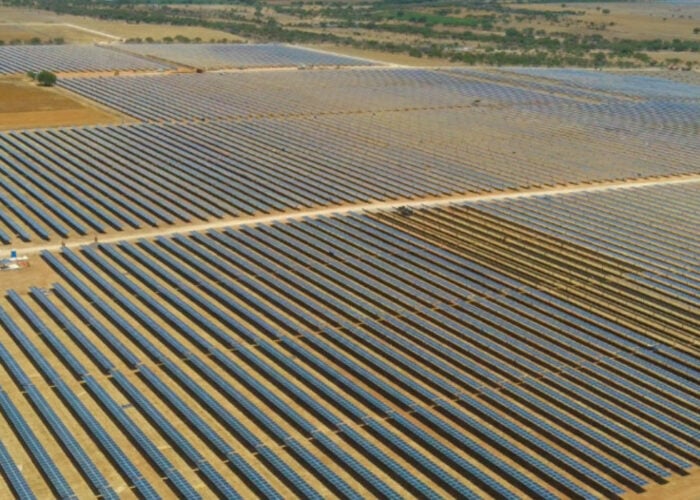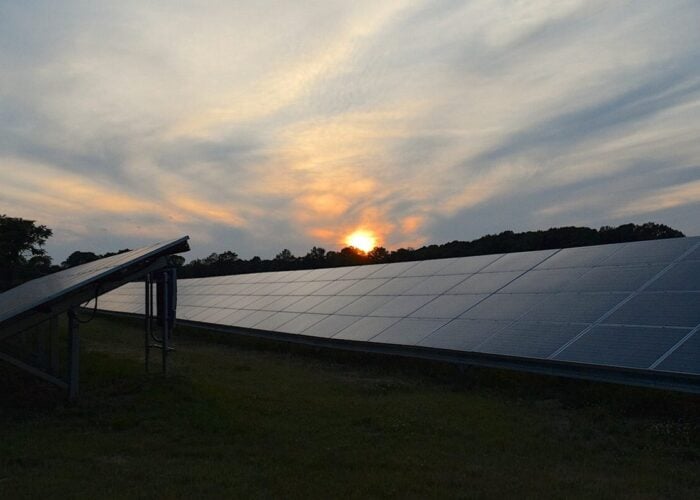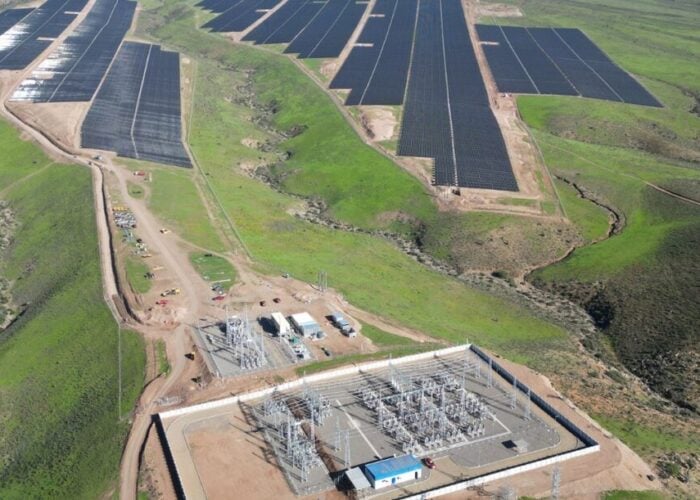Lux Research has released a new report, “Module Cost Structure Breakdown: Can Thin-Film Survive the Crystalline Silicon Onslaught?”, which compares multicrystalline silicon (mc-Si) with thin-film silicon (TF-Si), cadmium telluride (CdTe) and copper indium gallium diselenide (CIGS) on a US$/W basis in order to see which of the technologies will have a long-term cost advantage on the module level.
In its report, Lux cites pricing pressures as leading to solar device manufacturers searching for ways to diminish costs while maximizing performance in order to preserve profit margins. The report states that as crystalline silicon technology finds new advancements and polysilicon raw material sees a continuing drop in costs, TF-Si, CdTe and CIGS manufacturers are going to be forced to improve margins or disappear from the market.
“Crystalline silicon is dominant by volume and remains the cost/price benchmark for solar modules. Cadmium telluride is limited in efficiencies, but is the absolute leader in cost. We project these two technologies will continue to be highly profitable,” said Ted Sullivan, a senior analyst for Lux Research, and the report’s lead author. “The profitability of thin-film silicon is much dicier, but CIGS is positioned to outplace crystalline silicon in profitability by 2013 as leading developers improve process stability.”
Lux went on to build a cost-of-goods-sold (COGS) model for all four technologies in order to try and predict how module developers would trim down the key components of cost (capital, materials, utilities and labor) through 2015. Their model predicts that multicrystalline silicon will still be the dominant technology as COGS goes down. Looking to vertically integrated players driving down the cost from US$1.45 per watt in 2009 to US$0.93 per watt in 2015, Lux holds the assumption that poly pricing is at US$70/kg and efficiency will be the main ingredient to bring about a cost reduction, going from 14% in 2009 to 16.1% in 2015.
Try Premium for just $1
- Full premium access for the first month at only $1
- Converts to an annual rate after 30 days unless cancelled
- Cancel anytime during the trial period
Premium Benefits
- Expert industry analysis and interviews
- Digital access to PV Tech Power journal
- Exclusive event discounts
Or get the full Premium subscription right away
Or continue reading this article for free
Lux’s models hypothesize that Oerlikon’s new ThinFab line will lead to thin-film silicon efficiencies growing from 9% to greater than 11%. Improvements in output will also drive down depreciated capex per watt and bring TF-Si costs from US$1.32 per watt in 2009 to US$0.80 per watt in 2015.
In terms of what solar technology will be the most profitable, Lux is putting its money on CdTe, with First Solar leading the way. Lux points out that CdTe has a lower cost structure than mc-Si and as cost reductions continue, the technology will lead in profits with COGS dropping from US$0.80 per watt in 2009 to $0.54 per watt in 2015.
Finally, Lux’s models foresee costs for select CIGS technologies undergoing a drastic decline. Lux pinpoints CIGS sputter on glass as being one CIGS technology that will see its COGS tumble from US$1.69 per watt to US$0.76 per watt as efficiency goes from 10% to 14.2%. Additionally, Lux looks to factory nameplate capacity and yields increases to produce gross margins over 30% for some of the technologies top developer’s.






